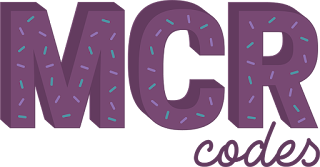Week 5 to 8 - Learning with MCR Codes

My experience with @MCRcodes as a Quality Assurance Tester. This is an evening part-time coding boot camp based in central Manchester which runs for 24 weeks, from February 2018 to July 2018. Week 5 (March 2018) - Just the end of last week, I have received feedback on my assignments with lots of pointers to becoming a better coder. One of the suggestion was to use an extension on my code editor ESLinter. In the first session, Joe helped me set this extension up and it is brilliant. Why haven't I installed this years ago? Lecture wise, we have moved on to lots of theory behind coding. This knowledge will make our employable stronger and a stronger knowledgeable programmer. Session 1 - Object Oriented Programming & SOLID Object Oriented Design Session 2 - Test Doubles & jest.fn() Week 6 - Continued with last week Object-Oriented Programming exercise, finally understanding the benefits of creating a good code design. Also...


